The 5 Most Common Toxic Houseplants For Dogs
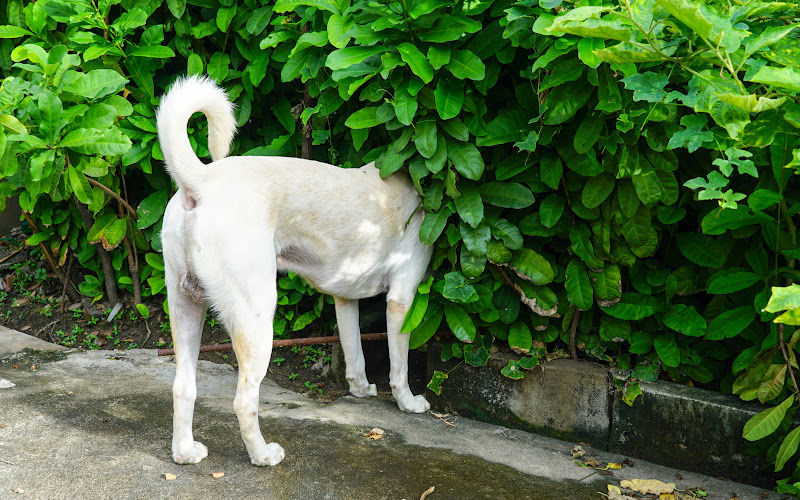
Do you consider yourself an avid dog lover and a plant enthusiast? If so, you’re probably familiar with just how cute both specimens can be. However, you’re probably even more familiar with how both of those two passions don’t exactly clash the best together.
Instantly, images of shattered pots and soil strewn along the carpet rise to the surface of your memory. Visions of a sheepish and guilty looking dog come along as well. Before you get too upset at your pet the next time your plants get inadvertently destroyed though, you should be aware of the potential dangers a houseplant can pose for a dog.
Did you know that some of the most common plants can be toxic for your small companion? If you’re curious to find out which types exactly, keep on reading so that you can enjoy the best of both worlds in the safest possible way!
Fiddle Leaf Fig
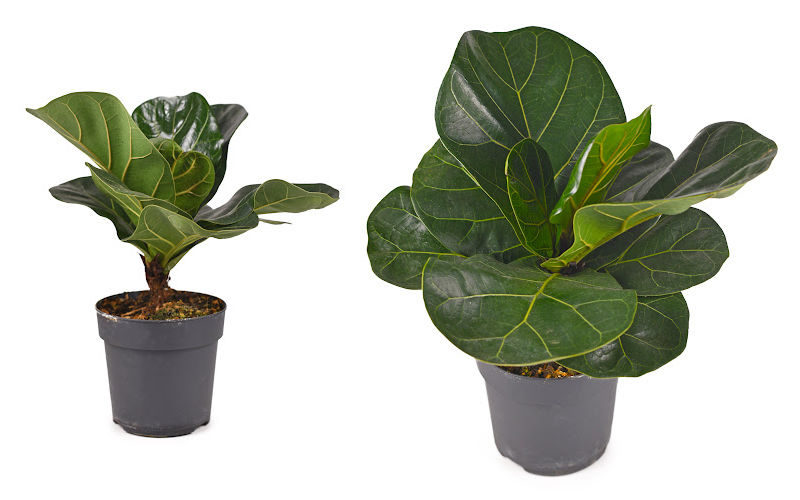
Ah, we know. This is a particularly painful one, but it must be said, nevertheless. Your photogenic fiddle-shaped leaf plant can be toxic to your dog if ingested. On the occasion that your pet accidentally chews on the iconic leaves, they might experience some skin or gastrointestinal irritation.
Philodendron
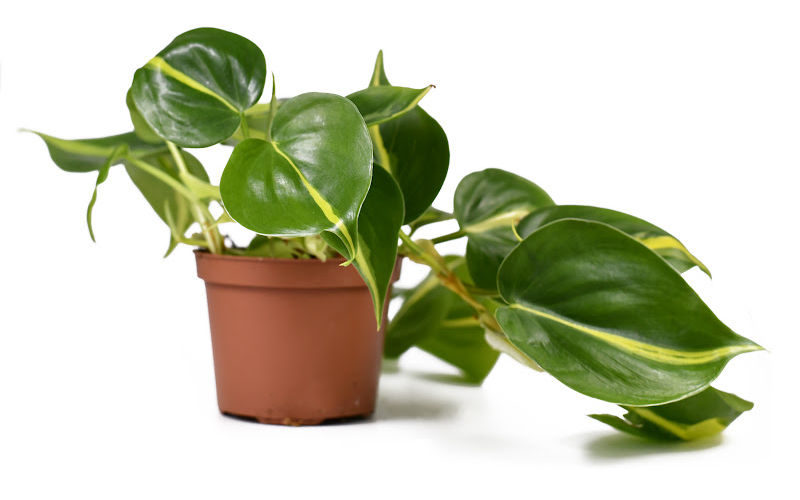
When it comes to popular tropical plants, any plant lover can’t forget about the gorgeous philodendron. With its beautiful green leaves and ease of care, it can certainly brighten up anyone’s day…unless you’re a pet. Unfortunately, if eaten, your dog or cat might experience some unpleasant symptoms such as oral irritation, swelling, vomiting, and even breathing troubles.
ZZ Plant (Zamioculcas Zamiifolia)

If you want a plant that’s incredibly easy to take care of, then look no further than the ZZ plant. Thanks to its ability to survive in low-light environments, you could easily leave it in the dark (and maybe even forget to water it from time to time) and still watch it thrive. However, the convenience of the ZZ plant comes at a cost when your dog gets entered into the equation. If eaten, they can cause many of the same symptoms as previous plants, such as oral burning, swelling, and irritation.
Aloe Vera
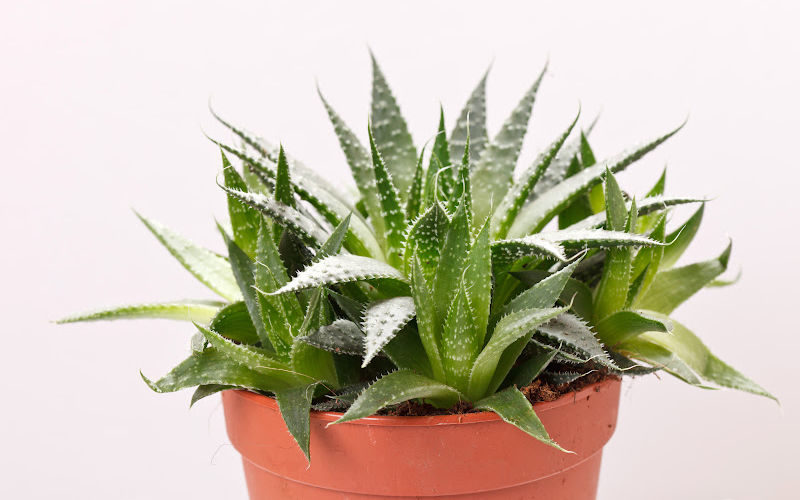
Hands down, aloe vera wins the award for being one of the most useful plants known to mankind. Apart from its unique look, it also possesses a stunning array of medicinal and agricultural benefits for humans. Ever had a pretty nasty sunburn? A good layer of aloe vera extract would have provided tons of relief.
Of course, that relief doesn’t apply so much to your dogs. Whereas you might experience relief, they might fall victim to some lethargy, vomiting, and gastrointestinal issues.
Bird of Paradise
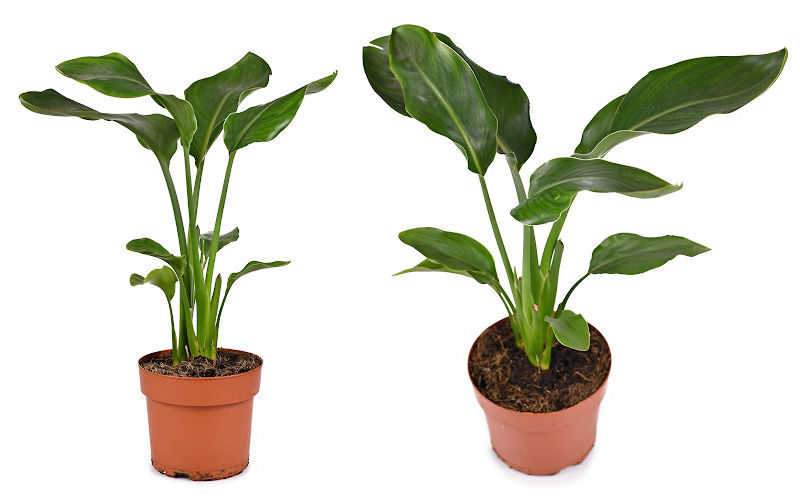
Talk about a houseplant with gorgeous foliage and colors! The vibrant orange and blue flowers can certainly look like you’ve invited birds into your living space. Yet, in perhaps the saddest twist of events, it’s those flowers alone that are toxic for your beloved animal. To avoid the excessive drooling, high pulse, heavy breathing, and muscle tremors that can result, you might want to leave the birds in their own paradise instead of your home.








